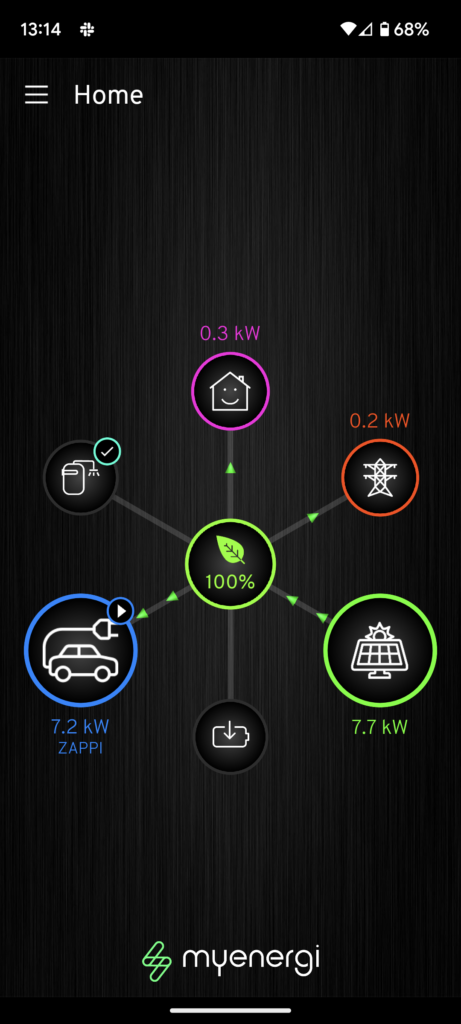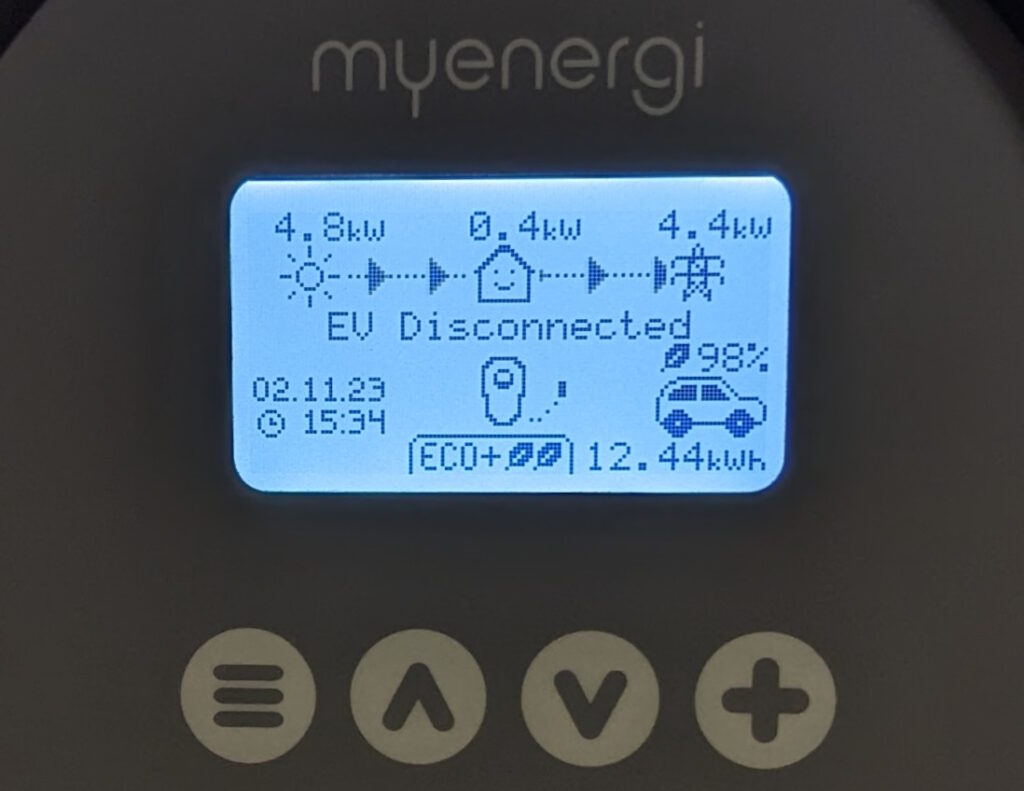
We recently upgraded to an electric car. As we'd be using a lot more electricity, our plan was to also review our home energy use to take better advantage of Australia's (and particularly Brisbane's) wonderful solar-ideal sunny climate for our overall energy use.
Our house has had a ~ 3 kW solar system since it was built 12 years ago, but it was time for an upgrade to take better advantage of our roofspace and over a decade of efficiency improvements in solar panel technology.
On the list of things to do:
- Decommission our gas-powered instant hot water system, and replace it with an electric storage one.
- Replace and recycle the existing solar panels and inverter, and maximise use of the roof for solar.
- Install a permanent car charger.
- Have a system that is smart enough to heat our hot water system and charge the car using only excess solar power that would otherwise go back to the grid.
I researched things and got a few quotes, and went for the following system:
- A 10 kW Fronius Gen24 Primo inverter, with 29 440W solar panels (about 12.75 kW on-paper solar generation). Our house is single phase, so this is the limit of what we're allowed to install.
- A myenergi Zappi 7 kW car charger. 7 kW is the fastest AC charger you can get on a single phase.
- A myenergi Eddi power diverter for the hot water system.
- A Rheem 315L 3.6 kW resistive electric hot water system (heat pumps aren't economical when we expect to have a large solar surplus).
The myenergi products all talk to each other for a complete solution that allows us to monitor and configure priorities for using the energy, as well as overriding them in special cases.
For example, I have the hot water system as the first priority, with a manual 'boost' for it between 10am and 2pm. This means that when the sun comes up and there is excess solar power, the hot water system grabs it first. If by 10am it hasn't completed heating (because it's a very rainy/cloudy day), between 10am and 2pm it heats the water regardless of the solar surplus to make sure we always have hot water.
In the first week since commissioning (which has included cloudy days), the hot water has finished heating by 8:30am at the latest (with an average usage of about 4 to 5 kWh/day), and has never needed to use that 'boost' schedule.
The myenergi system isn't perfect, but it's definitely functional. The app screenshot below shows it in action. (The 'battery' icon is actually our air conditioning system: I'm monitoring that circuit with an extra CT sensor, but myenergi's system doesn't yet have a setting for monitoring 'regular' circuits, so I had to set it as a 'storage' circuit to see it 🤷♂️).


The Zappi and Eddi also have physical screens where you can see the current power use. I love that the little house icon smiles when using only solar power, but is indifferent when drawing from the grid 😆.
I think we'll eventually add a battery to the system so that we can be totally power-independent for our night-time usage too, but at the moment it's not economical. As it is, the current system will pay itself off in 4–5 years at the current electricity/gas prices, which we all know will probably keep rising in the short term.
Although it wasn't our primary motivation for this project, I'm also happy that our house is no longer a direct consumer of fossil fuels (except for the BBQ!).
Unfortunately, this also means that I can no longer maintain the inverter_monitor script that I used with the old 'dumb' inverter system, nor publish my usage to PVOutput. I considered integrating the myenergi/Fronius data to PVOutput, but with the extra consumption data, I think it's a little too personal to put on the internet publicly.
